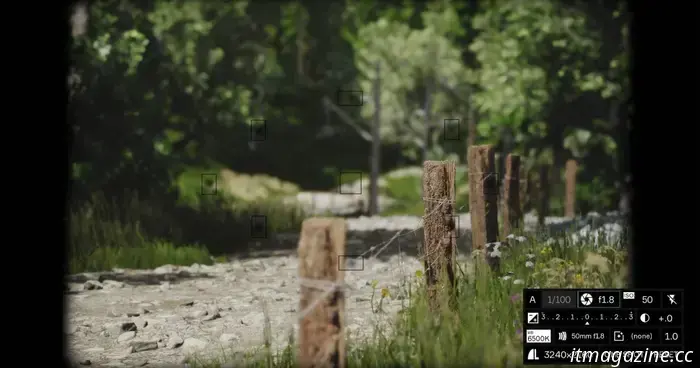
Lushfoil Photography Sim aims to transform everyone into photographers.
When traffic disappears, cities fall silent. Initially, this quiet is refreshing, but as time goes on, it can become maddening. The echoes magnify every small movement. It's in nature, surrounded by the gentle sounds of insects and birds, flowing rivers, and the crackling of bark, where the wind rustles countless leaves and whistles through individual blades of grass, that I discover tranquility in a quiet that masks my tinnitus and relaxes my shoulders.
Every location has its own unique ambient sound. I first recognized this harmony by the Econlockhatchee River back home, where as a young adult, I relearned how to spend hours alone, reflecting in this stillness. Then, I experienced it along the valleys of the Hudson, where I now reside. Again, down by Lake Braies in the summer, while sitting in my Brooklyn apartment, I recall the fading echoes of winter, engaged in Lushfoil Photography Sim.
Developed by Annapurna Interactive, Matt Newell brings to life the straightforward idea of simulating diverse real-world landscapes in Unreal Engine 5 for exploration through a camera. The game captures both the emotional and experiential pleasures of solo hiking, along with its accompanying anxieties.
As I made my way down to the Pearl of the Alps, I encountered a wall of sound made up of wind, insects, and soft, sustained piano notes. The famously bustling location was empty. I even doubted my own presence. Yet, I stumbled upon a camera resting on a boulder at the pebbled shore— a DSLR equipped with every necessary lens. The user interface guided me in using the zoom lens and autofocus, starting with the most straightforward point-and-shoot functions. I aimed across the lake, framing the small chapel and pressing the trigger halfway to focus. It felt intuitive, unlike Erin's old D40 with its tricky zoom lens, which now collects dust on my desk with dead batteries and a blank SD card while I fill my hard drive with photos of Castle Rock Beach's mangroves and Fushimi Inari-taisha's 10,000 red torii gates.
I’m the type of photographer Apple envisioned in the iPhone's early days, sharing black-and-white filtered images of Chicago’s gothic architecture on Instagram's chronological feed. I’m not knowledgeable about apertures or the reasons for adjusting my ISO. I enjoy taking photographs, but it’s always for the composition, geometry, and colors. The extensive array of unfamiliar terms and symbols has always created an impenetrable barrier to learning more. However, after playing Lushfoil across the globe—in Italy, France, Iceland, and Japan—I might need to charge those EN-EL9s. Not because I suddenly want to adjust my photos' white balance, but because I’m eager to experiment with focus and zoom. I’ve noticed how desaturated my pictures become every time I have to replace my old phone.
The DSLR feels less foreign now. At Le Prarion in France, I discovered how to adjust aperture settings. In Kyoto, I experimented with shutter speed beneath the torii pathways, attempting to blend each gate into a singular wall of red. I'm discovering how much a background blur can enhance a subject.
I rarely venture out solely to take pictures. My aim is to be outdoors, observe nature, walk, and simply exist. I often think of Rebecca Solnit’s wise advice on writing: “Thinking is generally considered as doing nothing in a productivity-driven culture, and doing nothing is difficult to achieve. It’s best accomplished by disguising it as doing something, and the closest activity to doing nothing is walking.” Reading Solnit’s *A Field Guide to Getting Lost* sparked my explorations into the swamps and forests of Central Florida. While playing Lushfoil certainly evokes memories of my hiking experiences, I doubt I would have stayed up late or tried to fit so much of the simulation into my week if it weren’t also a game, with collectibles hidden throughout the world that bring a delightfully video game-like aspect to its virtual settings and the images I’m tasked with recreating as though solving a first-person puzzle. Without a map, I memorize each area and recall the trails from memory. I can walk at a leisurely pace or briskly. I’m encouraged to capture photos of various quirks so that I can later fast travel to them—though this may break some of the immersion, it’s comforting when navigating at a human pace while seated alone in a dark apartment.
What drove me to find these photos and collectibles was the reward of new lighting scenarios that dramatically alter each location. Lake Braies turns into a winter wonderland, Le Prarion glows under a red sunset, and Kyoto transforms into a gloomy, stormy day. I find an umbrella, open it, and hear the rain gently tapping against the clear plastic. The quality of light, sound, and atmosphere all shift. Fog rolls through valleys during mornings and blizz


Other articles
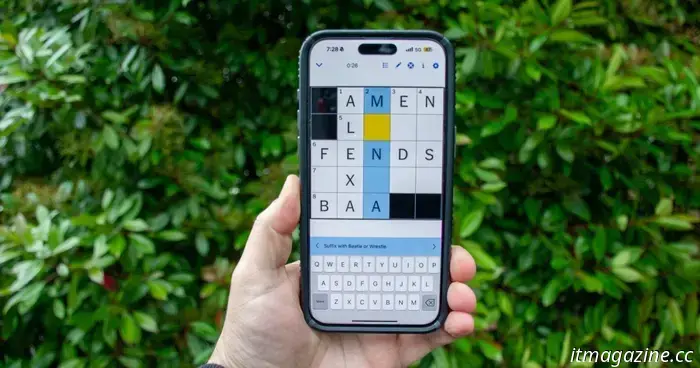 NYT Mini Crossword today: solutions for Monday, April 14
The NYT Mini crossword may be significantly smaller than a standard crossword, but it's still quite challenging. If you're having trouble with today's puzzle, we have the solutions for you.
NYT Mini Crossword today: solutions for Monday, April 14
The NYT Mini crossword may be significantly smaller than a standard crossword, but it's still quite challenging. If you're having trouble with today's puzzle, we have the solutions for you.
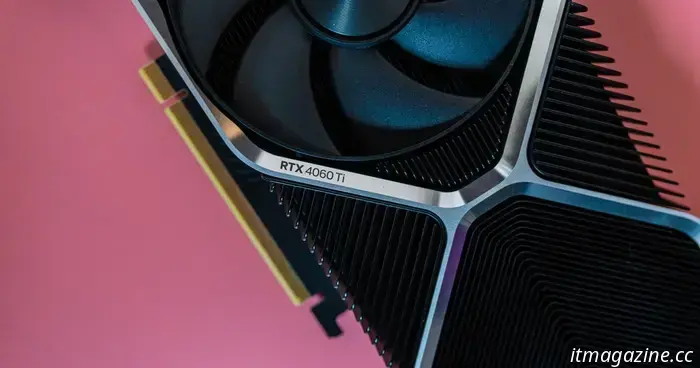 The RTX 5060 Ti from Nvidia might be 20% quicker than the RTX 4060 Ti.
Nvidia is anticipated to release its new mid-range GPU this month.
The RTX 5060 Ti from Nvidia might be 20% quicker than the RTX 4060 Ti.
Nvidia is anticipated to release its new mid-range GPU this month.
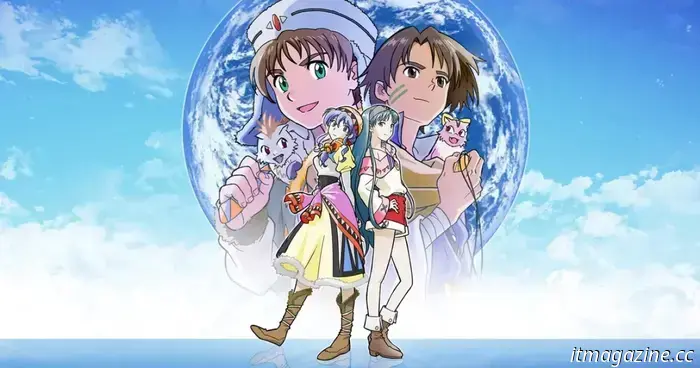 The Lunar Remastered Collection has become my favorite retro RPG bundle.
The Lunar Remastered Collection includes intelligent quality-of-life enhancements that elevate the games to contemporary standards, making these two RPG classics worth playing again.
The Lunar Remastered Collection has become my favorite retro RPG bundle.
The Lunar Remastered Collection includes intelligent quality-of-life enhancements that elevate the games to contemporary standards, making these two RPG classics worth playing again.
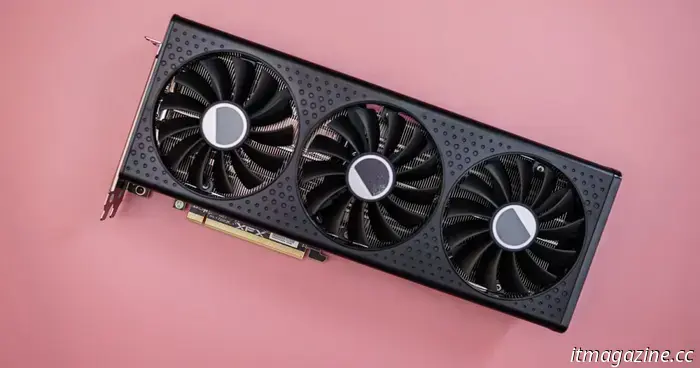 AMD's RX 9060 XT might outperform the RX 9070 in an unforeseen manner.
We've just seen our initial glimpse of what might be the specifications for the RX 9060 XT.
AMD's RX 9060 XT might outperform the RX 9070 in an unforeseen manner.
We've just seen our initial glimpse of what might be the specifications for the RX 9060 XT.
 NYT Crossword: solutions for Monday, April 14
The crossword puzzle in The New York Times can be challenging, even if it's not the Sunday edition! If you're facing difficulties, we're available to assist you with today’s clues and solutions.
NYT Crossword: solutions for Monday, April 14
The crossword puzzle in The New York Times can be challenging, even if it's not the Sunday edition! If you're facing difficulties, we're available to assist you with today’s clues and solutions.
Lushfoil Photography Sim aims to transform everyone into photographers.
Lushfoil Photography Sim encapsulates the thrills and stresses of nature photography in a soothing gameplay experience.
